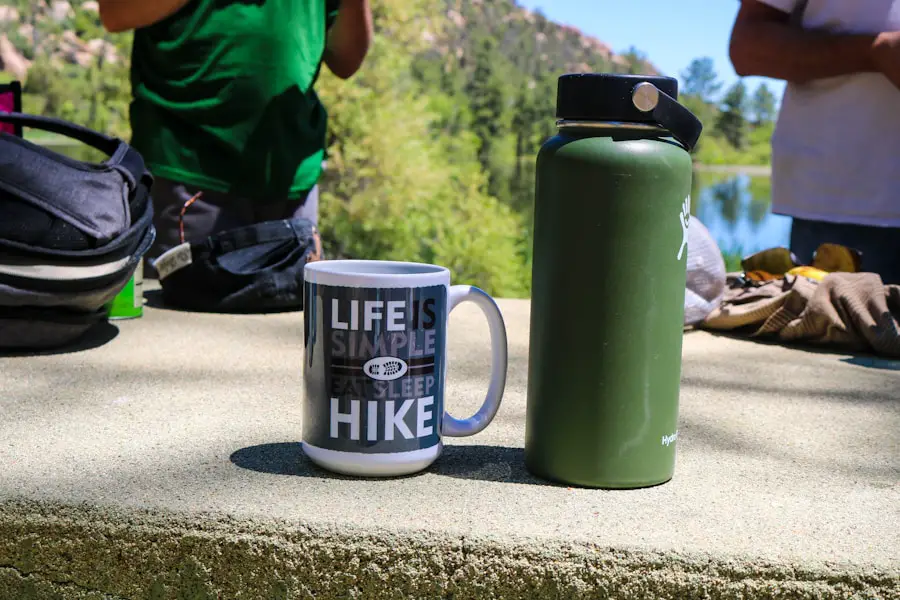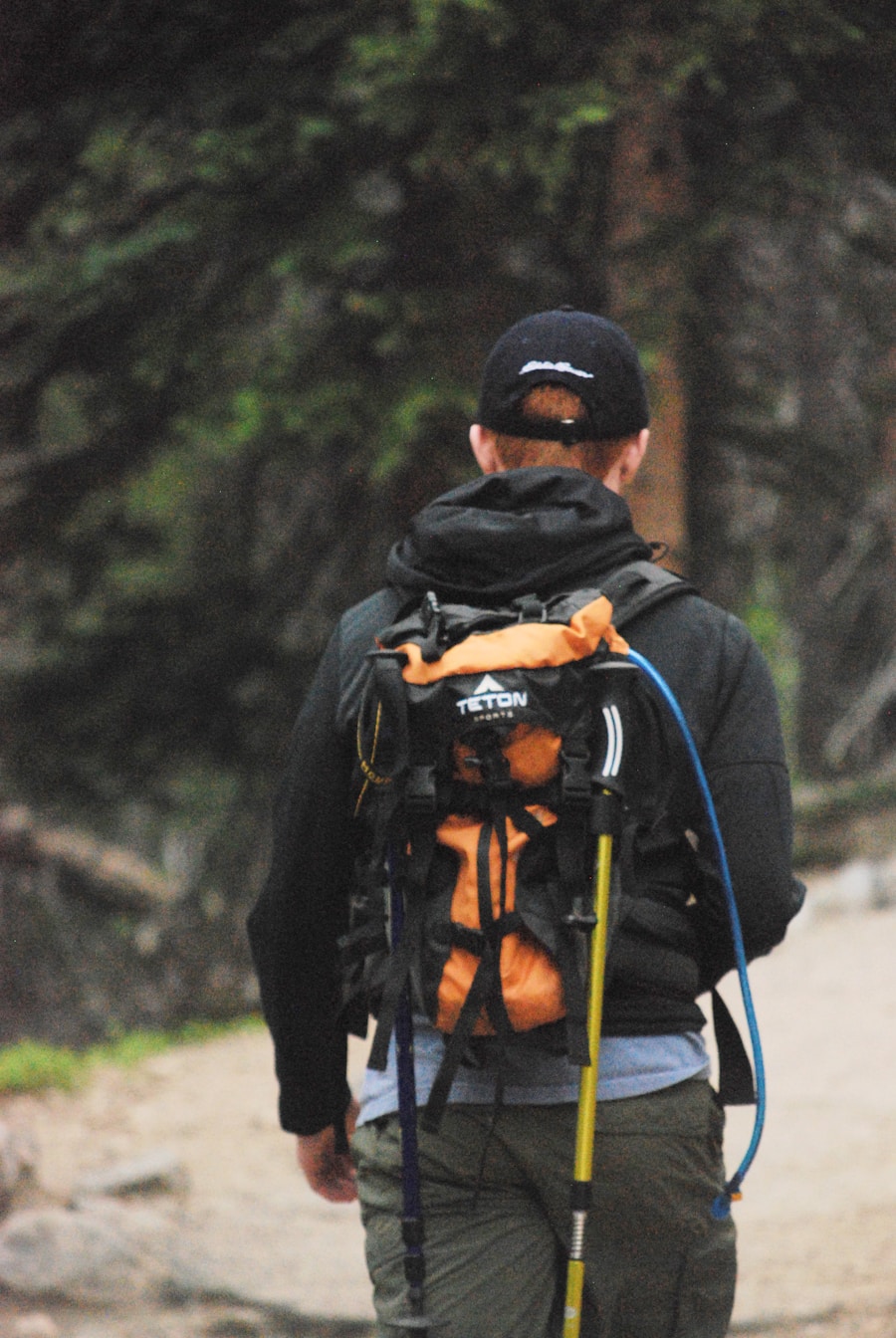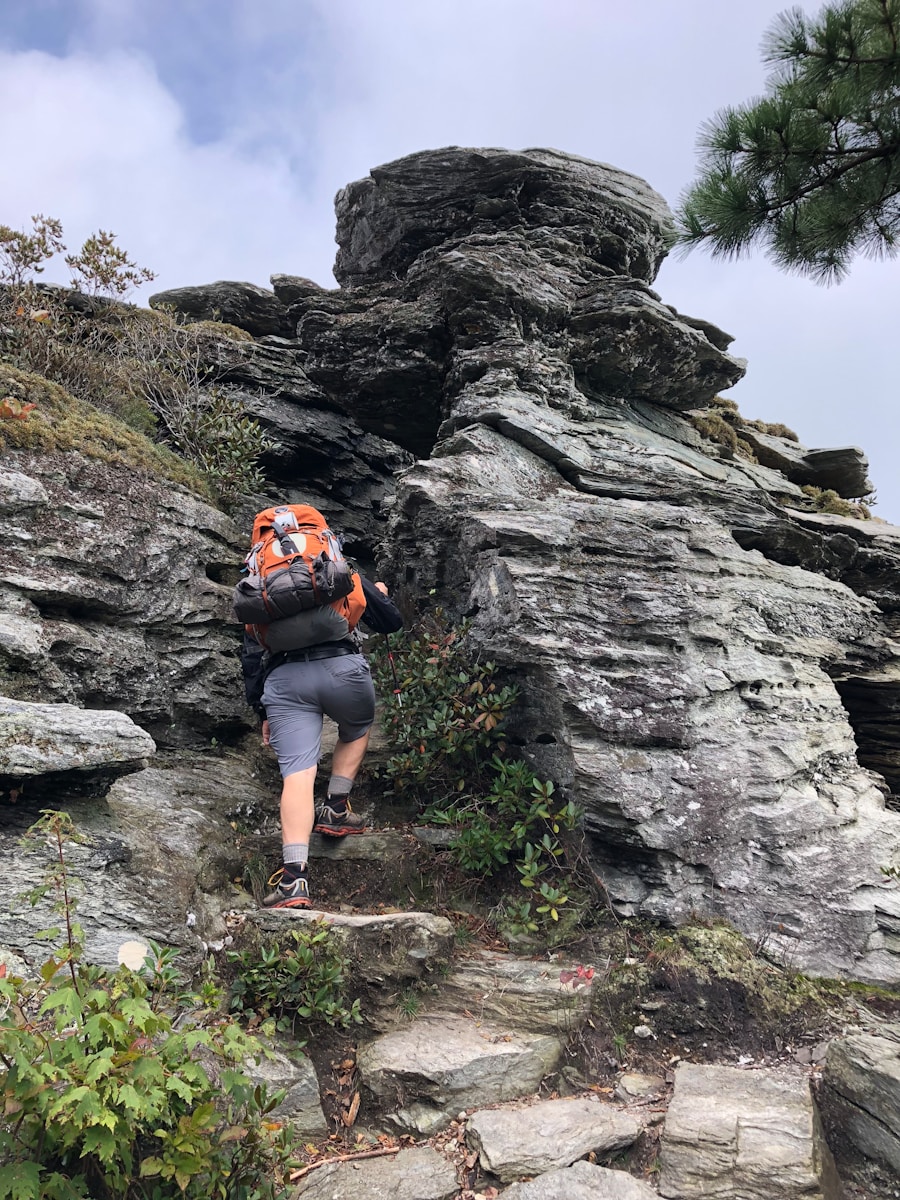Hiking is an exceptional form of exercise that offers a multitude of benefits, particularly for leg and core strength. As a weight-bearing activity, hiking engages various muscle groups, primarily in the lower body, including the quadriceps, hamstrings, calves, and glutes. The uneven terrain of hiking trails requires the body to stabilize itself, which activates the core muscles, including the abdominals and obliques.
This dual engagement not only enhances muscle strength but also improves overall balance and coordination. For instance, when navigating steep inclines or rocky paths, the legs must exert more force to propel the body upward, while the core works to maintain stability and posture. Moreover, hiking can be tailored to individual fitness levels, making it accessible for both beginners and seasoned athletes.
The variability in trail difficulty allows hikers to progressively challenge themselves, which is essential for muscle growth and endurance. For example, a beginner might start with flat, well-maintained trails to build foundational strength, while more experienced hikers can tackle steep, rugged paths that demand greater exertion from both the legs and core. This adaptability makes hiking not only a great workout but also an enjoyable way to connect with nature and relieve stress.
Key Takeaways
- Hiking helps to strengthen leg and core muscles, leading to improved balance, stability, and overall strength.
- Choose hiking trails with varying terrain and inclines to challenge and engage leg and core muscles effectively.
- Essential gear for hiking includes proper footwear, hydration packs, and navigation tools for safety and comfort on the trails.
- Preparing your body for hiking involves exercises and stretches that target leg and core muscles to prevent injury and improve performance.
- Techniques such as uphill hiking, using trekking poles, and maintaining proper posture can maximize leg and core engagement while hiking.
Choosing the Right Hiking Trails for Leg and Core Workouts
Selecting the appropriate hiking trails is crucial for maximizing leg and core workouts. Trails that feature varied elevations and diverse terrains provide the best opportunities for muscle engagement. For instance, a trail that includes steep ascents and descents will require more effort from the leg muscles as they work against gravity.
Additionally, trails with rocky or uneven surfaces challenge the core muscles to stabilize the body, enhancing overall strength. When choosing a trail, consider factors such as incline percentage, surface type, and distance. A trail with a consistent incline of 10-15% can significantly increase the intensity of your workout.
Another important aspect to consider is the length of the hike. Longer trails not only provide extended periods of muscle engagement but also allow for endurance training. A hike that lasts several hours can help build stamina in the legs and core, as well as improve cardiovascular fitness.
For example, a 5-mile hike with a mix of flat sections and steep climbs can be an excellent choice for those looking to enhance their leg and core strength. Additionally, utilizing apps or websites that provide trail reviews can help identify routes that are particularly beneficial for strength training.
Essential Gear and Safety Tips for Hiking

Having the right gear is essential for a successful hiking experience, especially when focusing on leg and core strength. Proper footwear is perhaps the most critical component; sturdy hiking boots with good ankle support can prevent injuries and provide stability on uneven terrain. Look for boots with a firm grip to enhance traction on slippery or rocky surfaces.
Additionally, moisture-wicking socks can help prevent blisters and keep your feet comfortable during long hikes. Beyond footwear, other essential gear includes appropriate clothing that allows for freedom of movement while providing protection from the elements. Layering is key; wearing moisture-wicking base layers, insulating mid-layers, and waterproof outer layers can help regulate body temperature.
A well-fitted backpack is also important for carrying water, snacks, and any additional gear you may need. Safety tips should not be overlooked; always inform someone of your hiking plans, carry a map or GPS device, and be aware of your surroundings to avoid potential hazards such as wildlife encounters or sudden weather changes.
Preparing Your Body for Hiking: Exercises and Stretches
| Exercise/Stretch | Description | Repetitions | Sets |
|---|---|---|---|
| Squats | Strengthens legs and glutes | 15-20 | 3 |
| Lunges | Improves balance and stability | 10-12 each leg | 3 |
| Calf Raises | Strengthens calf muscles | 20-25 | 3 |
| Plank | Strengthens core muscles | 30-60 seconds | 3 |
| Hamstring Stretch | Improves flexibility in hamstrings | Hold for 30 seconds | 3 |
| Quad Stretch | Stretches quadriceps muscles | Hold for 30 seconds each leg | 3 |
Preparation is vital for ensuring a safe and effective hiking experience that targets leg and core strength. Engaging in specific exercises prior to hitting the trails can enhance performance and reduce the risk of injury. Strength training exercises such as squats, lunges, and deadlifts are excellent for building leg strength.
These movements mimic the actions performed while hiking and can be done with body weight or added resistance to increase difficulty. Incorporating core exercises like planks, Russian twists, and bicycle crunches will further prepare your body by enhancing stability and endurance. In addition to strength training, dynamic stretching is crucial before embarking on a hike.
Dynamic stretches such as leg swings, walking lunges, and high knees help warm up the muscles and improve flexibility.
These movements increase blood flow to the muscles while preparing them for the demands of hiking. Post-hike static stretching is equally important; focusing on the hamstrings, quadriceps, calves, and hip flexors can aid in recovery and prevent stiffness.By dedicating time to both strength training and stretching routines before hiking, you set yourself up for a more enjoyable experience while effectively targeting leg and core strength.
Techniques for Maximizing Leg and Core Engagement While Hiking
To truly maximize leg and core engagement during hikes, employing specific techniques can make a significant difference in workout intensity. One effective method is to focus on your stride length and foot placement. Taking shorter strides on steep inclines can help maintain balance while engaging more muscle fibers in the legs.
Conversely, longer strides on flat terrain can activate different muscle groups in the legs. Additionally, consciously engaging your core by pulling your belly button toward your spine while walking helps stabilize your torso and enhances overall strength. Incorporating interval training into your hikes can also elevate the intensity of your workout.
For example, alternating between periods of brisk walking or jogging on flat sections followed by slower-paced walking on inclines can challenge both your cardiovascular system and muscle endurance. Another technique involves using trekking poles; these not only provide additional support but also engage the upper body and core while allowing for greater stability on challenging terrain. By implementing these techniques into your hiking routine, you can significantly enhance leg and core engagement.
Nutrition and Hydration for Hiking to Support Leg and Core Strength

Proper nutrition and hydration play a pivotal role in supporting leg and core strength during hikes. Before heading out on a hike, it’s essential to fuel your body with a balanced meal that includes carbohydrates for energy, protein for muscle repair, and healthy fats for sustained endurance. Foods such as whole grains, lean meats, nuts, fruits, and vegetables are excellent choices that provide necessary nutrients without weighing you down.
Hydration is equally important; drinking water before, during, and after your hike helps maintain optimal performance levels. Dehydration can lead to fatigue and decreased muscle function, which can hinder your ability to engage your legs and core effectively. It’s advisable to carry a hydration pack or water bottles that allow easy access to fluids throughout your hike.
For longer treks, consider electrolyte-replenishing drinks or snacks that contain sodium and potassium to help maintain electrolyte balance.
Recovery and Injury Prevention for Hiking Enthusiasts
Recovery is an often-overlooked aspect of any fitness regimen but is particularly crucial for hikers focused on building leg and core strength. After a hike, it’s important to engage in active recovery techniques such as gentle stretching or low-impact activities like walking or cycling to promote blood flow to sore muscles. Foam rolling can also be beneficial; it helps release muscle tightness and improve flexibility by breaking down knots in the fascia surrounding muscles.
Injury prevention should be a priority for anyone who enjoys hiking regularly. Common injuries include strains or sprains in the legs due to overexertion or improper technique. To mitigate these risks, it’s essential to listen to your body; if you feel pain or discomfort during a hike, it may be wise to take a break or adjust your pace.
Additionally, gradually increasing the intensity of your hikes over time allows your body to adapt without overwhelming it. Incorporating rest days into your routine is equally important; allowing time for recovery helps prevent burnout and keeps you motivated.
Incorporating Hiking into Your Fitness Routine for Long-Term Leg and Core Strength
Integrating hiking into your overall fitness routine can yield long-term benefits for leg and core strength while providing variety in your workouts. Setting specific goals related to hiking—such as completing a certain number of miles per week or tackling more challenging trails—can keep you motivated and engaged in your fitness journey. Consider joining local hiking groups or clubs; this not only provides social interaction but also exposes you to new trails that may challenge you further.
To maintain consistency in your fitness routine, schedule regular hikes alongside other forms of exercise such as strength training or yoga. This balanced approach ensures that you are not only building leg and core strength but also improving flexibility and overall fitness levels. Tracking your progress through apps or journals can help you stay accountable while celebrating milestones along the way.
By making hiking a staple in your fitness regimen, you cultivate a sustainable practice that supports long-term health benefits while enjoying the beauty of nature.
Hiking is a fantastic way to work out and strengthen various muscle groups in your body. In addition to the cardiovascular benefits, hiking also targets muscles in your legs, core, and back. If you’re looking to enhance your hiking experience, you may want to consider investing in the best travel camera backpack to capture all the beautiful scenery along the way. Check out this article on the best travel camera backpacks for your next hiking adventure.
Love travel? Join Our Facebook Community For More Tips.
FAQs
What muscles do hiking work?
Hiking primarily works the muscles in the lower body, including the quadriceps, hamstrings, glutes, and calves. It also engages the core muscles and the muscles in the back and shoulders for stability and balance.
How does hiking work the quadriceps?
Hiking involves a lot of uphill walking, which requires the quadriceps to work hard to lift the body up the incline. The quadriceps are responsible for extending the knee and are heavily engaged during uphill hiking.
What role do the hamstrings play in hiking?
The hamstrings act as stabilizers and assist in the movement of the hips and knees during hiking. They are particularly engaged during downhill hiking, as they help control the descent and prevent the knees from taking on too much impact.
How are the glutes involved in hiking?
The glutes, particularly the gluteus maximus, are the primary muscles responsible for propelling the body forward during hiking. They are heavily engaged during uphill climbs and provide power and stability to the hips and lower body.
Do calves play a role in hiking?
Yes, the calves are essential for hiking, especially during uphill climbs and when navigating uneven terrain. They help to push off the ground and provide stability and support to the ankles and feet.
What is the role of the core muscles in hiking?
The core muscles, including the abdominals and obliques, are engaged to provide stability and balance while hiking. They help to support the spine and pelvis, especially when carrying a backpack or navigating challenging terrain.
How do the back and shoulder muscles come into play during hiking?
The back and shoulder muscles are engaged to help maintain proper posture and balance while carrying a backpack or trekking poles. They also assist in stabilizing the upper body and preventing fatigue and strain during long hikes.
